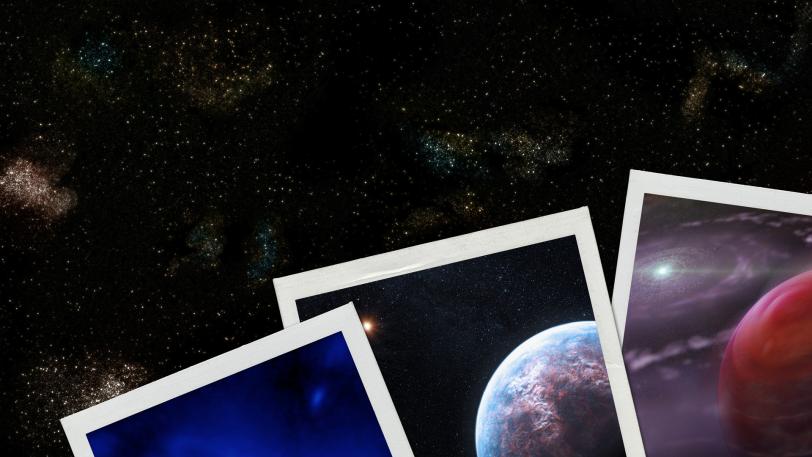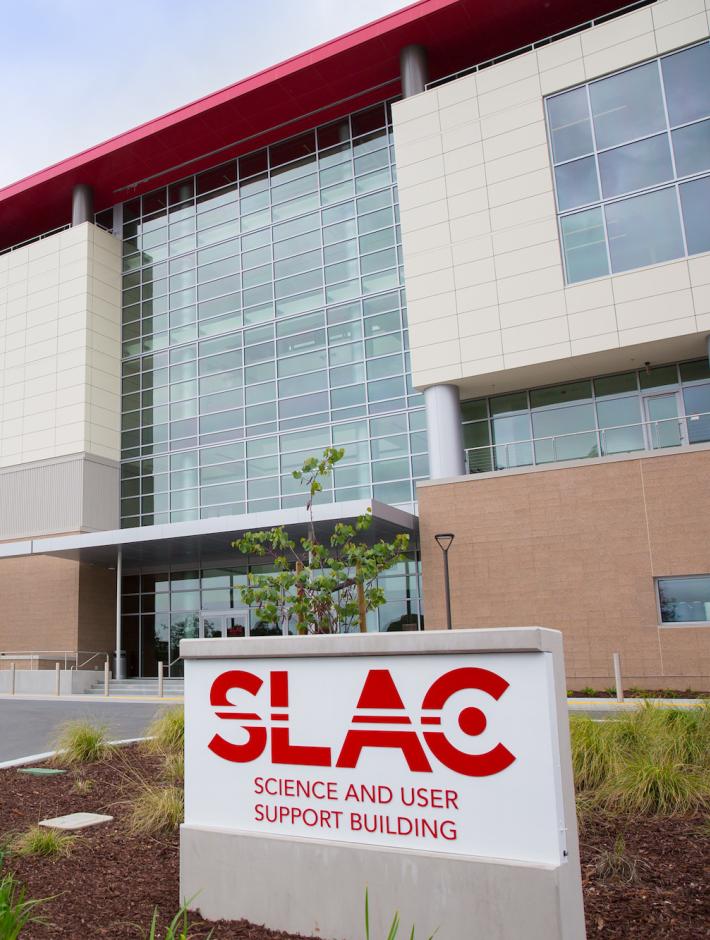In less than two decades, scientists have discovered more than a thousand planets orbiting other stars. Now we know that our solar system is not alone -- but we still do not know if it is rare or unique. Most of these new planets were not seen directly, but instead were discovered through their influence on their parent star. Directly imaging an exoplanet is very difficult; it requires blocking out the bright light from the star to reveal the faint planet nearby. The Earth, for instance, is 10 billion times fainter than the sun. But now it can be done.
This lecture presents the first-ever images of planets orbiting other stars. It describes the advances that made these observations possible and present the Gemini Planet Imager, a new advanced-technology camera specifically designed for exoplanet studies and deployed in 2013 on the Gemini Telescope in Chile. It then describes the future of exoplanetary studies and the prospects for achieving the ultimate goal -- the detection of a second “pale blue dot,” an Earth twin with evidence for water and extrasolar life.

